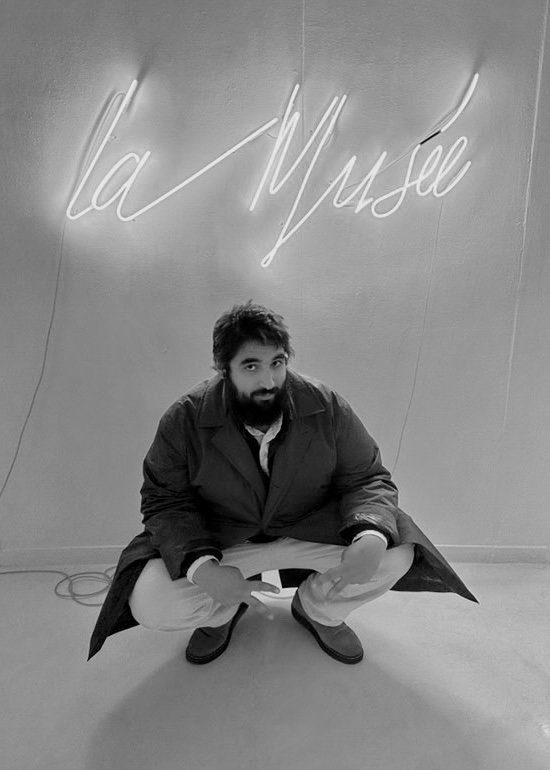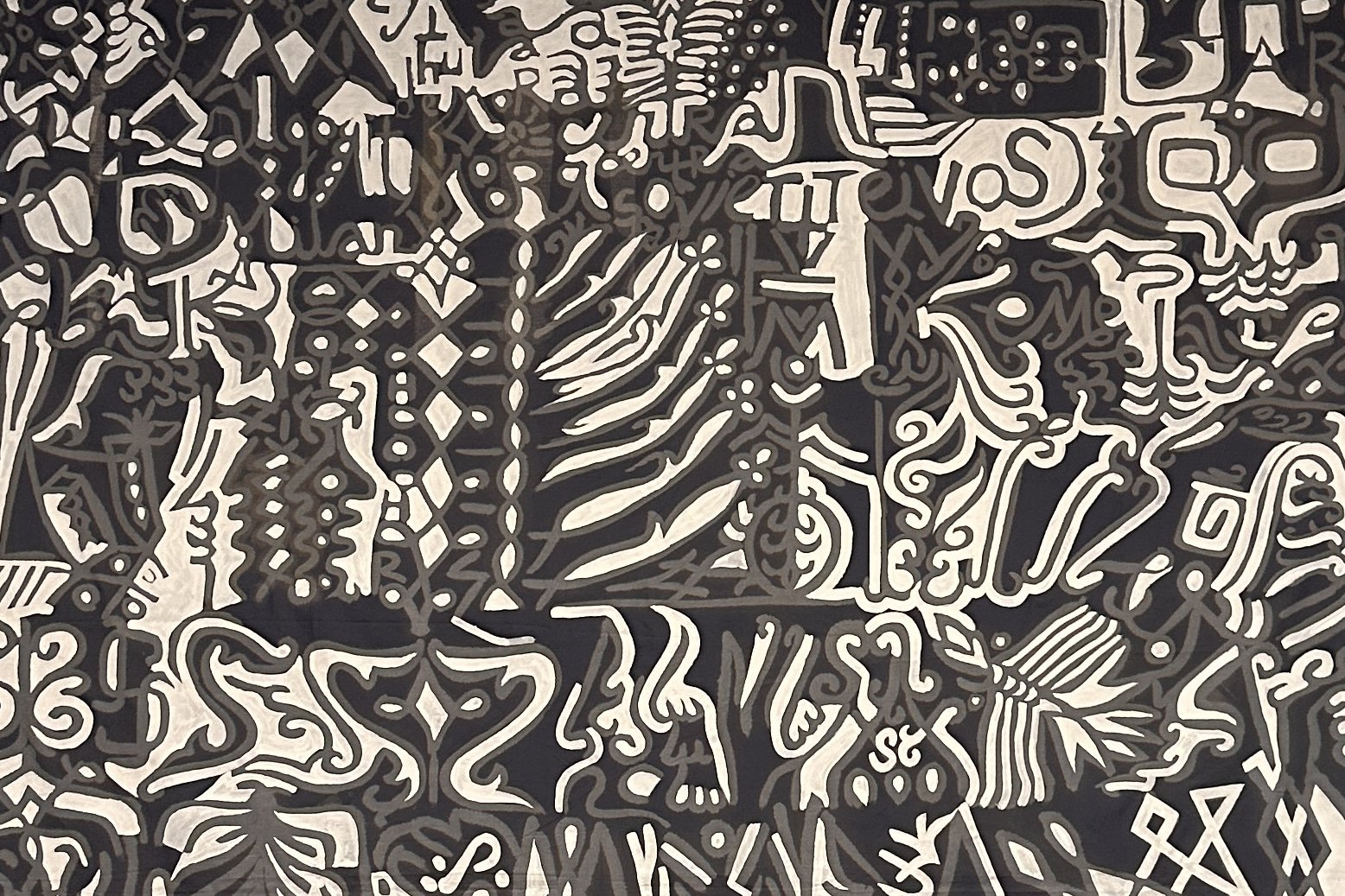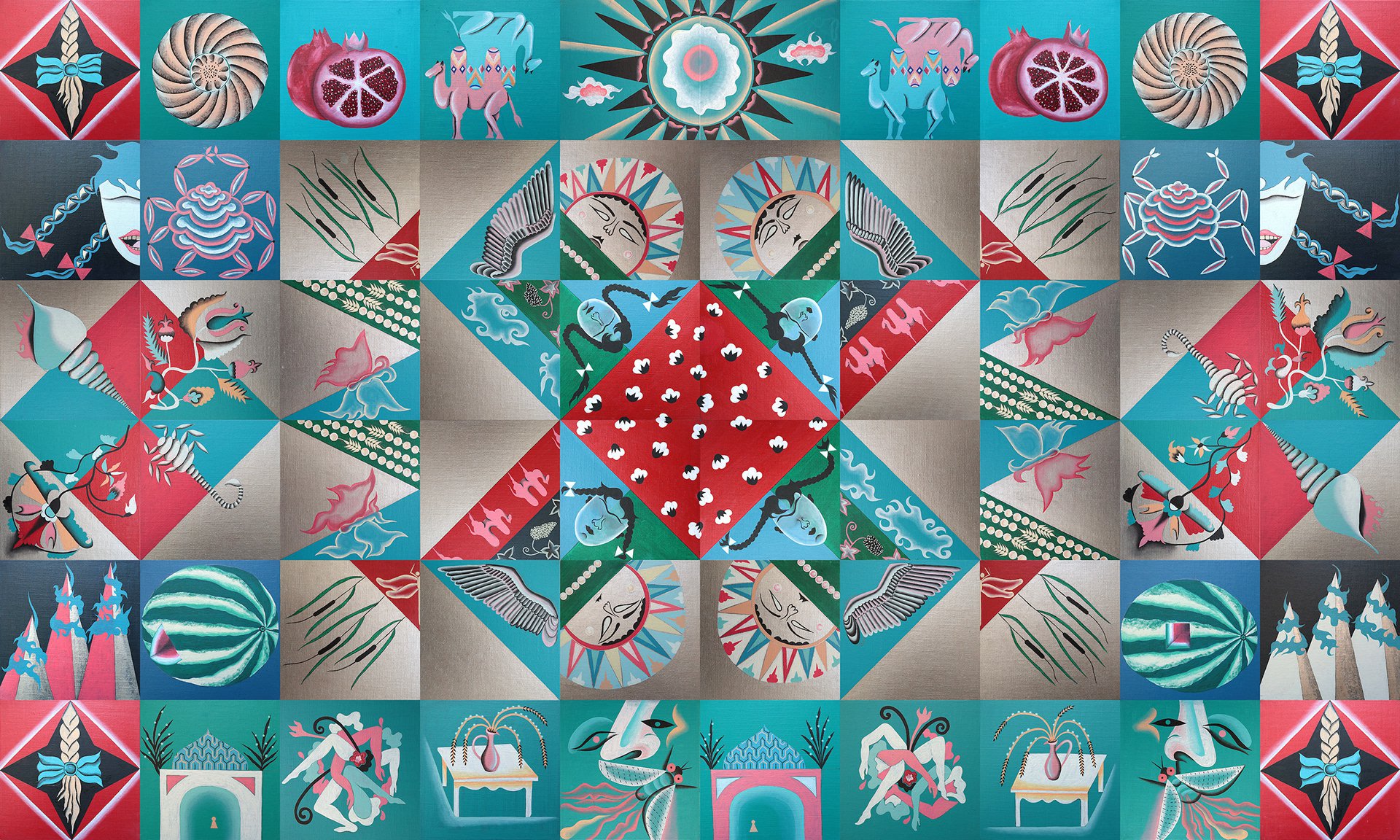Who's Who at CIMAM with Azad Asifovich

Who's Who at CIMAM interview with Azad Asifovich, CIMAM member since 2021 and Independent Curator in Paris.
What initially attracted you to the world of art curating, and how has your perspective evolved since then?
It all started with a book about Sergei Diaghilev’s Russian Seasons. I remember being in high school, reading about how exhibitions and performances were orchestrated, and finding it fascinating—the idea of bringing together paintings, sculptures, and performances, making them visible, guiding them into the public sphere. However, at my parents' insistence, I pursued studies in political science and theory.
I remember, in my last year of Bachelor studies, a friend introduced me to a curatorial school led by Olesya Turkina and Sergei Afrika. She handed me a brochure, and I was immediately drawn to its reference to Pontus Hultén’s Institut des hautes études en arts plastiques (Iheap). Out of curiosity, I accompanied her to the admission interview. Almost playfully, I signed up for the selection process myself. « L'Ironie du sort » she was rejected, and I was accepted. During my first year, I barely understood a thing! Then, I became completely immersed—this non-hierarchical, horizontal form of training absorbed me entirely, and curating became my life plan.
Over time, my curatorial approach has been shaped by two key principles. First, as Hultén once said, “You must study the artist in their natural environment—their studio.” I spend a significant amount of time visiting artists' studios, understanding their contexts. Second, conversation is at the heart of my method. I deeply believe that dialogue is the foundation of curating—talking with artists, listening, debating, questioning. For me, curating is a slow process of discussion and reflection. Once I have fully absorbed an idea, I can move very quickly—but I never bypass the step of deep engagement.
What do you consider to be your main field of expertise?
I am somewhat resistant to the notion of expertise—it often feels authoritarian. That said, I deeply admire those who dedicate 30 years to a single subject, but it’s not my way of being. My interests are broad but consistent: sculpture and form have been my first and lasting love. I see sculpture as the most physical manifestation of reality—the tangible presence of the world. Beyond that, I am particularly engaged with specific territories and themes: Sienese Trecento, Orthodox icons, language and translation, the intersection of artistic practice with context and representation, gray zones of law, the art world itself, and the ways in which language, text, and their representations shape both private and public space.
How would you define your curatorial approach, and what is your relationship with art institutions in developing projects?
My curatorial approach follows a rhythm of one step forward, two steps back. I take time to reflect, to discuss, to question. But once an idea is clear in my mind, I move quickly.
When working with institutions, I prioritize dialogue. Often, as an invited curator, I see my role as facilitating trust between artists and institutions, ensuring that both parties meet on common ground. My aim is always to find a solution that is both poetic and pragmatic, politically and artistically relevant.

Looking ahead to 2025, what projects are you working on, and what ideas are you particularly excited about?
This year is pivotal as my colleague Hannah Kreile and I are opening Private Institution in Paris, an independent initiative dedicated to contemporary art, with a focus on Global Asias, the Caucasus region, MENASA, their diasporas, and liminal spaces. Situated in the Marais art district, our space’s program will present carefully curated duo exhibitions, pairing emerging and established artists. In each exhibition, at least one artist will be from our core regions of focus.
Our inaugural show brings together Babi Badalov and Aziza Shadenova, engaging in a visual dialogue that transcends the constraints of text. Badalov turns writing into visual poetry, seamlessly blending language and image across textiles and surfaces. Shadenova’s work, layered with humor, absurdism, and ornamentation, explores memory, womanhood, and migration through intricate visual puzzles. Beyond curatorial activities, Private Institution will also offer bespoke art advisory services, assisting collectors in acquiring and placing artworks in major institutional collections worldwide.

Sustainability—social, environmental, and economic—is a key issue in contemporary art. How do you incorporate it into your curatorial practice?
For me, sustainability is fundamentally about long-term engagement—fostering enduring conversations and relationships with artists, institutions, and communities. I firmly believe that solutions exist, and they emerge through dialogue: between curators and artists, between museums and the public, between institutions and their surroundings. Beyond environmental concerns, sustainability also means ensuring ethical, long-term partnerships and avoiding the extractive tendencies of the art world.
In practical terms, I prioritize sourcing artworks locally, reducing transport distances, collaborating with private collections, and strengthening intra-European networks. But sustainability also encompasses social and cultural dimensions—particularly accessibility and inclusivity, which I see as integral to a truly sustainable curatorial practice.
This commitment has led me, ten years into my career, to return to academia and pursue the university degree's “Pour l’accès à l’art et au patrimoine : outils et recherches” at Université Paris 1 Panthéon-Sorbonne. Created in tribute to Delphine Lévy and developed by Yaël Kreplak, this program aligns with my interest in rethinking access to cultural institutions.
I see inclusivity as a key pillar of sustainability. Ensuring that art is accessible—physically, intellectually, and culturally—is just as crucial as reducing carbon footprints or rethinking exhibition logistics. This broader approach informs my curatorial practice, where I continuously seek ways to create meaningful, equitable, and lasting connections between artists, institutions, and audiences.
Can you recommend a recent book that has influenced your work or particularly inspired you?
The Vegetarian by Han Kang. A poignant novel that invites us to rethink our relationship with the world. It is subtle, unsettling, and deep.
What recent exhibition has left a lasting impression on you, and how has it impacted your professional practice?
In terms of curatorial precision, I would say David Hammons at the Bourse de Commerce – Pinault Collection (2022), curated by Elena Filipovic. It was a masterclass in restraint, presence, and spatial intelligence.
On a personal level, Chantal Akerman at Jeu de Paume profoundly resonated with me. This retrospective—realized in collaboration with the Palais des Beaux-Arts in Brussels, the Chantal Akerman Foundation, and the Cinémathèque Royale de Belgique—was an extraordinary tribute to her work across film, art, and writing.
Both exhibitions reminded me of an essential curatorial lesson I once received from Noëlle Chabert, a mentor, friend and a former director of the Musée Zadkine in Paris: Il faut toujours regarder, regarder, et regarder — One must always look, look, and look again!
What song would you choose to include in CIMAM's Spotify playlist?
J.S. Bach – Goldberg Variations by Glenn Gould.
Timeless. I have probably listened to it a thousand times over the past decade.